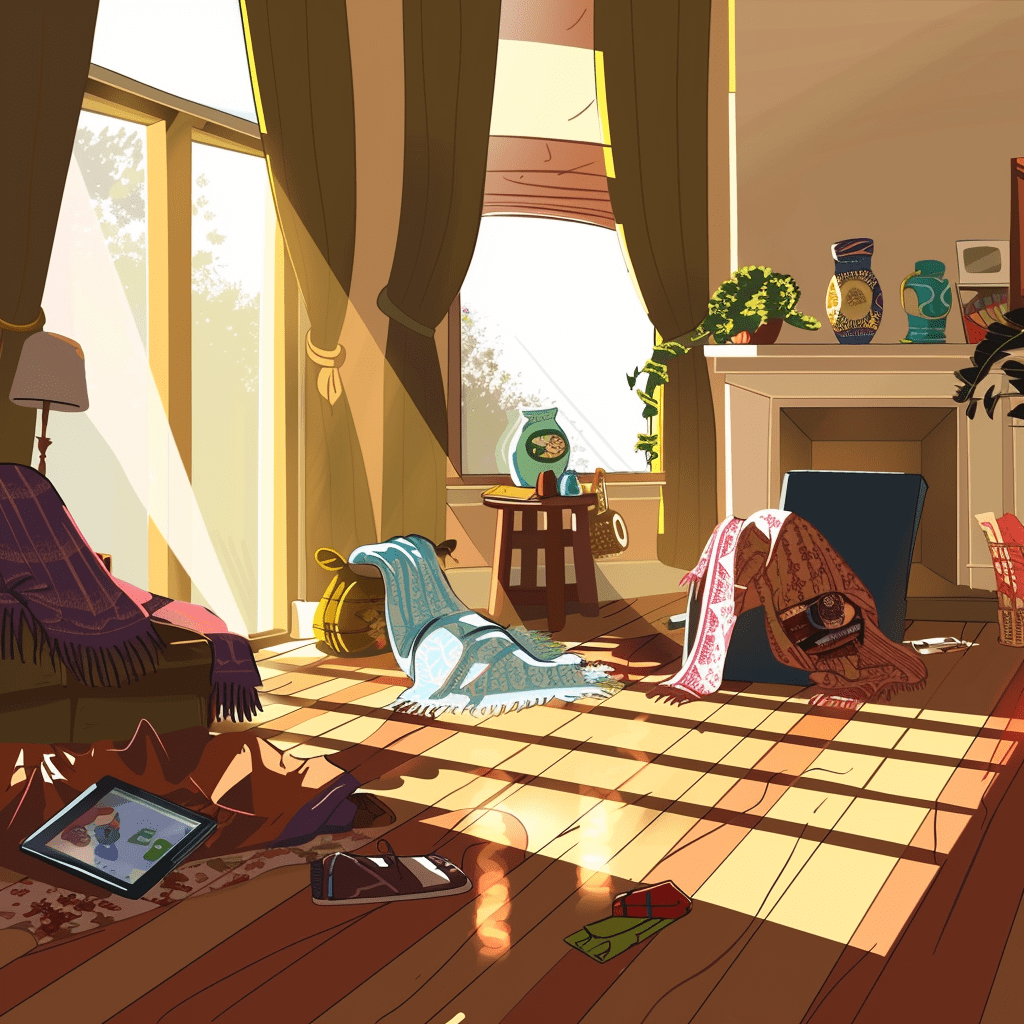Reusing the Old Coats

First, we need to examine the condition of the coat and understand its materials. Then, we’ll outline the proper cleaning procedures.
Evaluating Condition and Cleaning
When checking your coat, look for wear and tear such as bald spots or loose seams. Pay close attention to the collar and cuffs. For fur clothing like a mink or chinchilla coat, inspect the fur for dryness and matting. Vintage fur items need careful handling.
Cleaning is crucial. We should avoid washing real fur coats in water. Instead, take them to a furrier who specializes in fur cleaning. They know how to handle luxury furs like sable or fox. Proper cleaning can enhance the lifespan and beauty of the coat.
Understanding Materials and Value
Identifying the materials of the coat helps us understand its monetary value. Fur industry experts can identify furs like mink, fox, chinchilla, or sable. Each has unique properties and value implications.
We must also consider whether the coat includes synthetic materials or is a real fur coat. Vintage fur items can be quite valuable if well-maintained. Understanding these aspects ensures we make informed decisions about cleaning, storing, or selling the coat.

Selling and Donating Coats
We can either sell or donate our old coats. Selling can help us make some money, while donating can support those in need.
Selling through Various Platforms
There are many options for selling old coats, especially those with sentimental value or made from materials like leather and fur. Platforms like eBay, Craigslist, and Poshmark allow us to list our items quickly. Depop and The RealReal cater to more specific luxury fashion markets.
For those with an inherited fur coat or old fur coat, selling through a professional furrier or a consignment store may yield better results. Consignment stores like Out of the Closet also take fashionable items and give a good return.
Before selling, it’s important to price our coats correctly. We should research similar items to find a fair price. We can also spruce up our listings with styling tips or highlighting rare materials like pelts or unique features like fur vests.
Choosing the Right Charities and Nonprofits
Donating old coats can make a big difference for those in need. Many charities and nonprofits accept old coats and redistribute them. Look for organizations that have specific programs for winter wear.
Coats for Cubs is a good option for fur coats and other items, as they donate them to wildlife rehabbers and animal shelters. Animal welfare groups also accept these coats to help abandoned animals.
Thrift stores and charity shops like Goodwill are always in need of warm coats. These stores resell the items at low prices, making them accessible to those in need, while raising funds for various community programs.
Finally, consider local nonprofits that support the homeless. These organizations often have coat drives during winter and distribute directly to those in need. Being proactive in our donation ensures that our old coats find new homes during cold seasons.
I’m Cartez Augustus, a content creator based in Houston, Texas. Recently, I’ve been delving into different content marketing niches to achieve significant website growth. I enjoy experimenting with AI, SEO, and PPC. Creating content has been an exciting journey, enabling me to connect with individuals who possess a wealth of knowledge in these fields.

